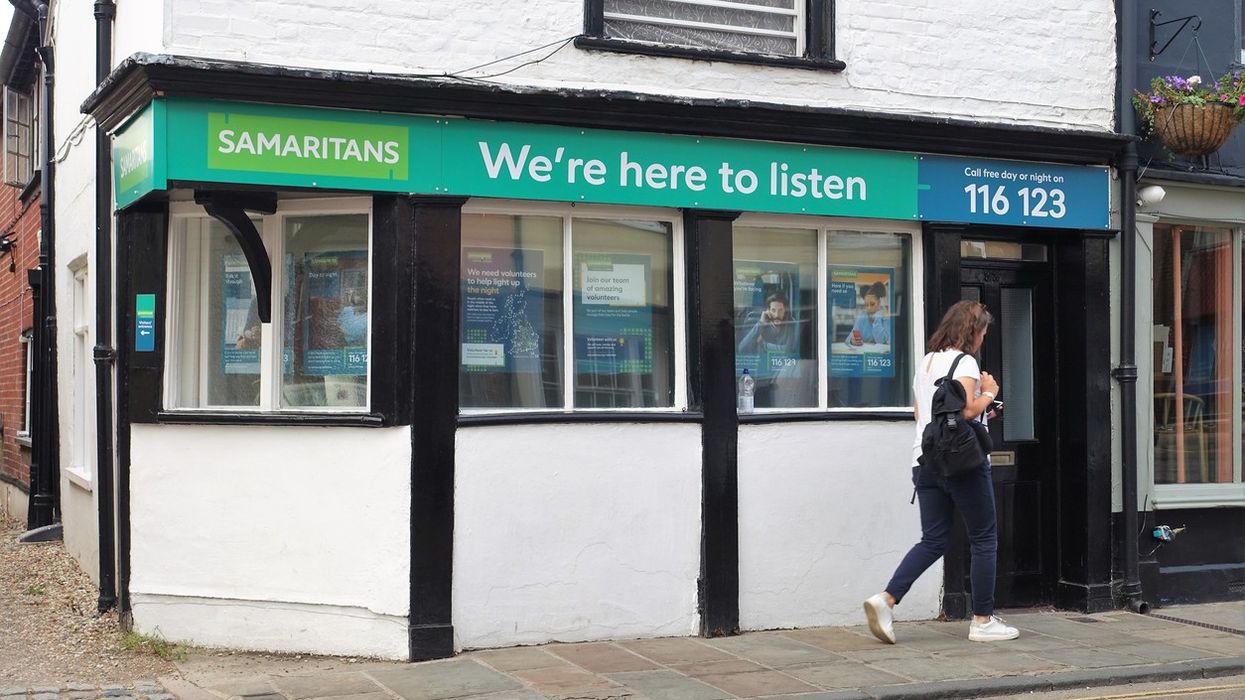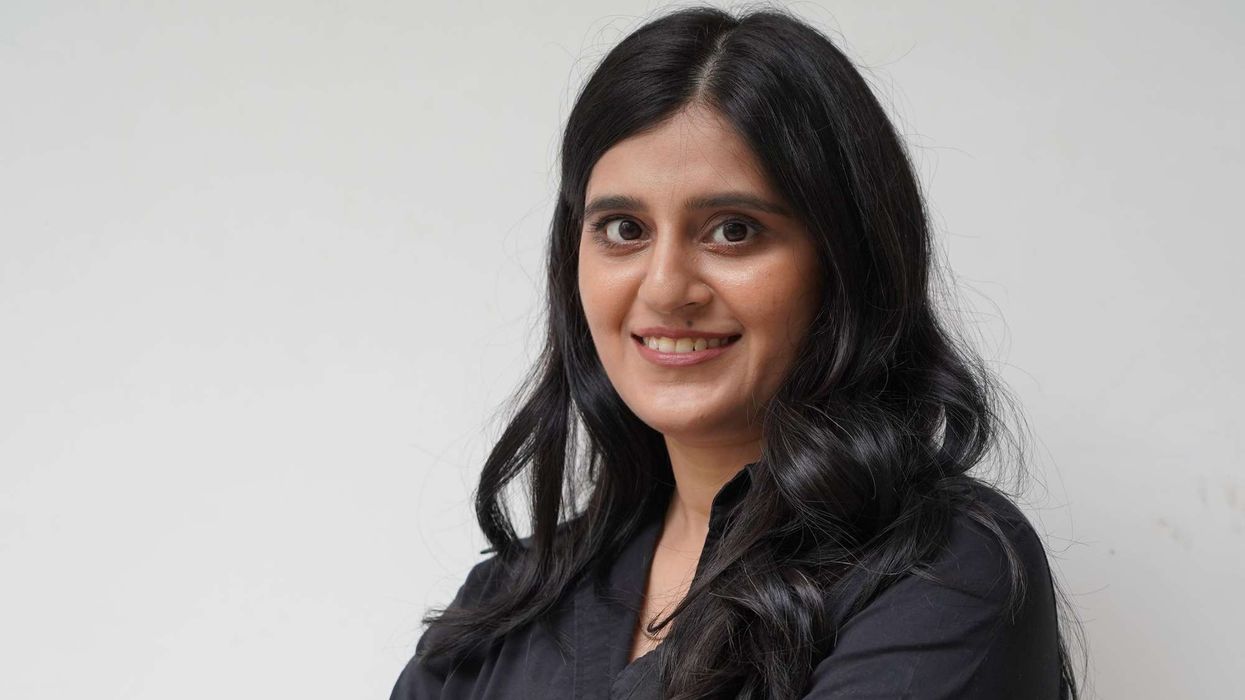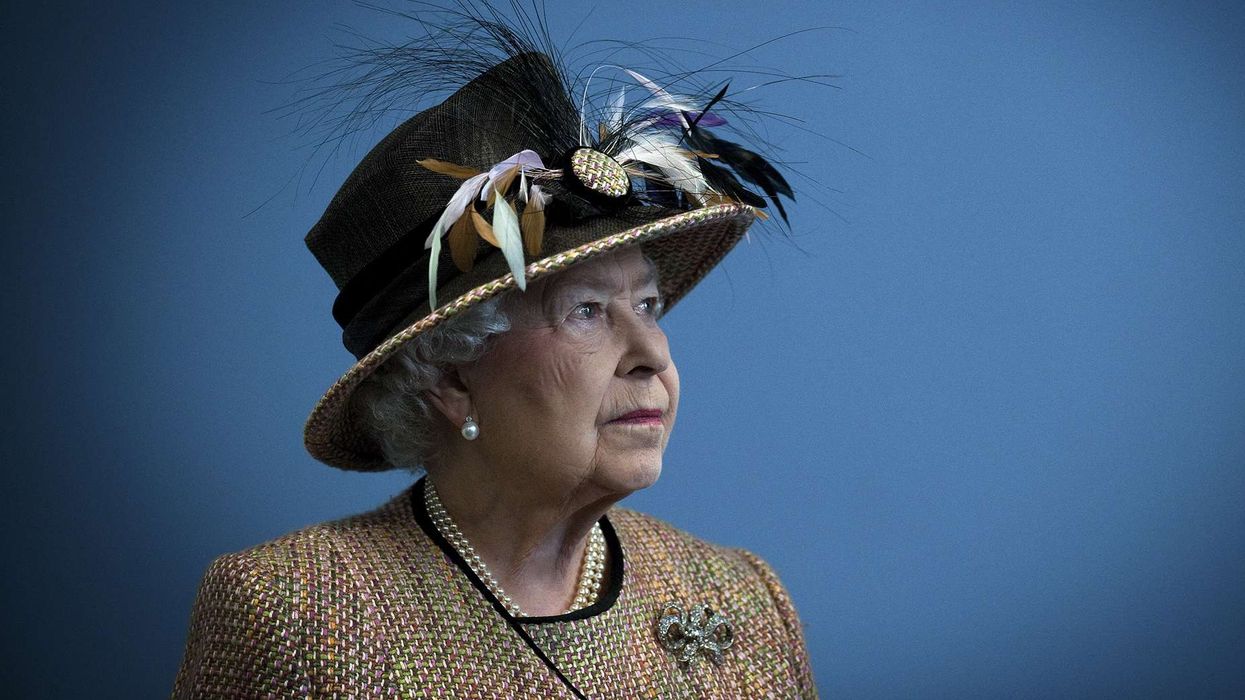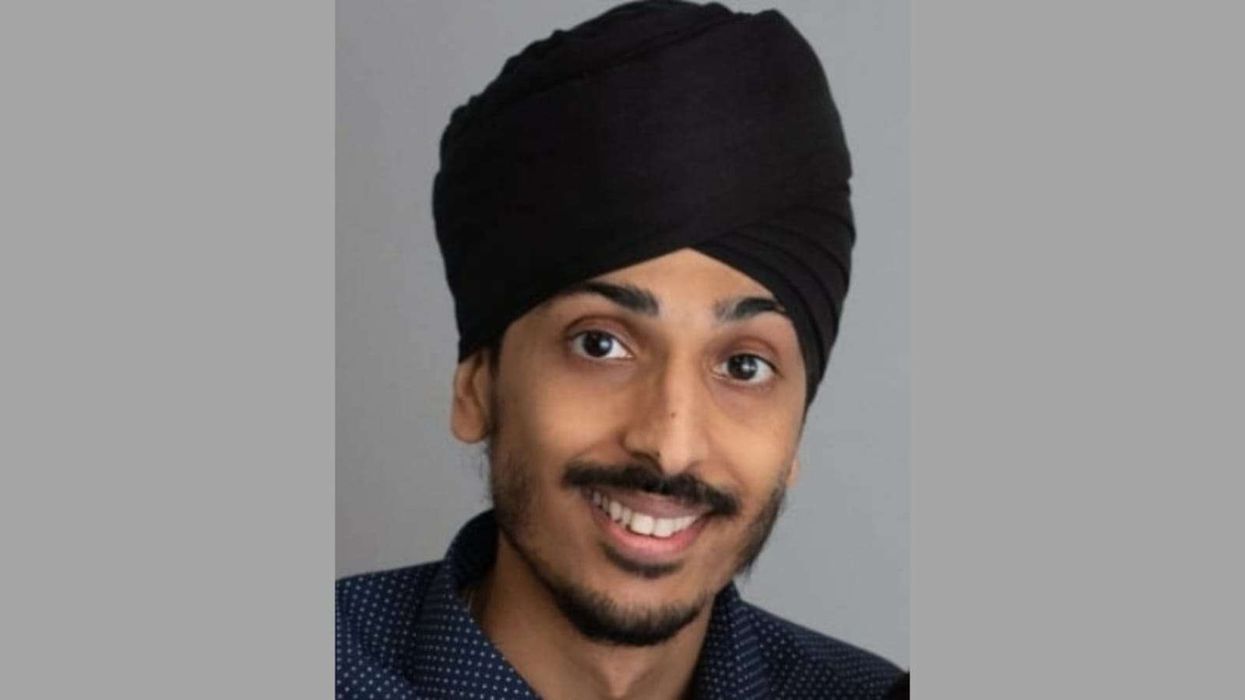Highlights
- Samaritans plans to close at least half of its 200 branches over the next 7–10 years
- Volunteers to be moved into larger regional hubs and remote call handling to be piloted
- Charity says model is unsustainable; changes aim to increase volunteer flexibility and service capacity
- Some volunteers express concern over the loss of smaller branch camaraderie and safe spaces
- Final decision expected in September following consultation
Mental health charity plans shift to larger hubs and remote volunteering
Samaritans has announced plans to close at least 100 of its 201 branches across the UK and Ireland in the next seven to ten years, as part of a major restructuring strategy aimed at improving service delivery and reducing infrastructure costs.
The charity, which operates a 24/7 mental health helpline, says it intends to move volunteers into larger regional centres and trial a remote volunteering model. The shift is intended to provide greater flexibility, increase the number of volunteers on shift at any time, and reduce spending on building maintenance.
Concerns raised over impact on volunteers
Samaritans currently has 22,000 listening volunteers who answer calls and messages from people experiencing mental health crises. The helpline receives a call every 10 seconds, and many branches also offer in-person support.
In a video shared with volunteers, Chief Executive Julie Bentley said the charity’s limited fundraising income was increasingly being used to maintain physical branches, instead of improving services.
“Over 200 branches, varying in size from 10 to 300 volunteers, is not sustainable and hinders us providing the best possible service to people who need us,” she said.
“We are engaging with our volunteers on proposed improvements that will mean we are able to answer more calls, have more volunteers on duty, and be there for more people in their darkest moments.”
The charity emphasised that it does not intend to reduce the level of service it offers. Instead, it hopes to expand its reach by making buildings and shifts more accessible and increasing volunteer numbers through flexible models.
Volunteer response: fears of “call centre-style” culture
Despite the stated goals, some long-standing volunteers have raised concerns that the changes could lead to a loss of the close-knit environment offered by smaller branches. There is particular unease about the possible shift to a “call centre-style” approach, which some feel could compromise the sense of community and safety among volunteers.
One volunteer commented:
“The current system has operated very successfully for 70 years. Now they’re thinking of dismantling it. Almost every volunteer I’ve spoken to has said if they introduce call centres, we’re out.”
Others voiced discomfort at the idea of taking sensitive calls from home, even with video support from fellow volunteers, citing the importance of having a safe, supportive physical environment.
Financial pressures and long-term planning
The proposed changes come amid financial challenges for the organisation. In its 2023–24 accounts, Samaritans reported declining income for the third consecutive year and rising operational costs.
The charity’s accounts show:
- £7 million allocated to fixed assets, including branches
- A property maintenance fund of £28,000
- A branch support fund of £287,000
- £24.6 million in charitable income
Volunteers have requested more transparency around projected cost savings from branch closures and how these funds will be reinvested.
Consultation ongoing ahead of decision
Samaritans has said that no final decisions will be made until after a consultation period concludes in September. If approved, the changes will be introduced gradually over a number of years.
The charity maintains that modernising the structure is essential for long-term sustainability and to meet the evolving needs of callers and volunteers alike.














